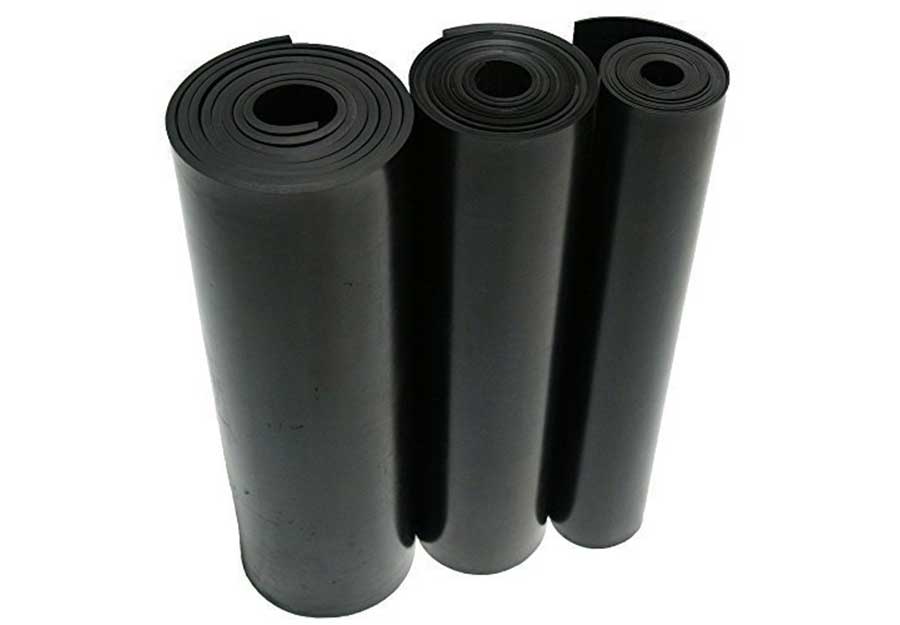 2Jul
2JulWhy Contractors Prefer Neoprene Rubber Sheets for Soundproofing
Sound control has become a critical consideration in modern construction projects, from residential homes to commercial buildings and industrial facilities. Professional contractors consistently choose neoprene rubber sheet materials when they need reliable, long-lasting soundproofing solutions. Understanding why contractors favor neoprene over other materials reveals the unique properties that make it exceptionally effective for acoustic applications.
Superior Sound Absorption Properties
Neoprene rubber excels at absorbing sound waves across a wide frequency range, making it particularly effective for controlling both low-frequency vibrations and high-frequency noise. The material’s molecular structure allows it to convert sound energy into minimal heat, preventing sound transmission through walls, floors, and ceilings.
Dense composition gives neoprene rubber sheet products exceptional mass that helps block airborne noise. When sound waves encounter neoprene barriers, the material’s weight and density prevent most acoustic energy from passing through. Contractors appreciate this consistent performance that doesn’t diminish over time like some foam-based alternatives.
Durability and Longevity Advantages
Construction projects require materials that perform reliably for decades without maintenance or replacement. Neoprene rubber sheet materials resist degradation from temperature changes, moisture exposure, and chemical contact that can damage other soundproofing options. Contractors know that neoprene installations will maintain their acoustic performance throughout the building’s lifespan.
Weather resistance makes neoprene ideal for exterior applications where soundproofing must withstand environmental conditions. Unlike organic materials that rot or synthetic materials that become brittle, neoprene maintains its properties in hot, cold, wet, or dry conditions. HVAC systems, mechanical equipment, and outdoor installations benefit from this environmental stability.
Installation Efficiency and Versatility
Professional contractors value materials that install quickly and efficiently without requiring specialized tools or techniques. Neoprene rubber sheet products cut easily with standard tools, adhere well to various surfaces, and conform to complex shapes without cracking or tearing. Simple installation procedures reduce labor costs while ensuring proper acoustic performance.
Adhesive compatibility allows neoprene to bond effectively with construction adhesives, mechanical fasteners, or pressure-sensitive tapes. Contractors can choose installation methods that match project requirements and working conditions. Strong adhesion prevents gaps and air leaks that compromise soundproofing effectiveness.
Multi-Purpose Functionality
Beyond sound control, neoprene rubber provides additional benefits that contractors appreciate in construction applications. Vibration isolation prevents mechanical equipment from transmitting structure-borne noise through buildings. Motor mounts, pump isolators, and HVAC equipment benefit from neoprene’s vibration-dampening properties.
Thermal insulation properties complement soundproofing benefits in many applications. Neoprene rubber sheet materials help control heat transfer while blocking sound transmission. Contractors often use neoprene in applications where both thermal and acoustic control are important, such as mechanical rooms and equipment enclosures.
Applications Across Multiple Industries
Contractors use neoprene soundproofing in diverse applications that demonstrate its versatility and effectiveness. Recording studios, theaters, and concert halls require precise acoustic control that neoprene provides. Medical facilities need sound isolation for patient privacy and equipment noise control. Industrial applications include machinery enclosures, compressor rooms, and manufacturing facilities where noise control is essential for worker safety and comfort. Neoprene rubber sheet materials handle the demanding conditions found in industrial environments while providing consistent acoustic performance.



